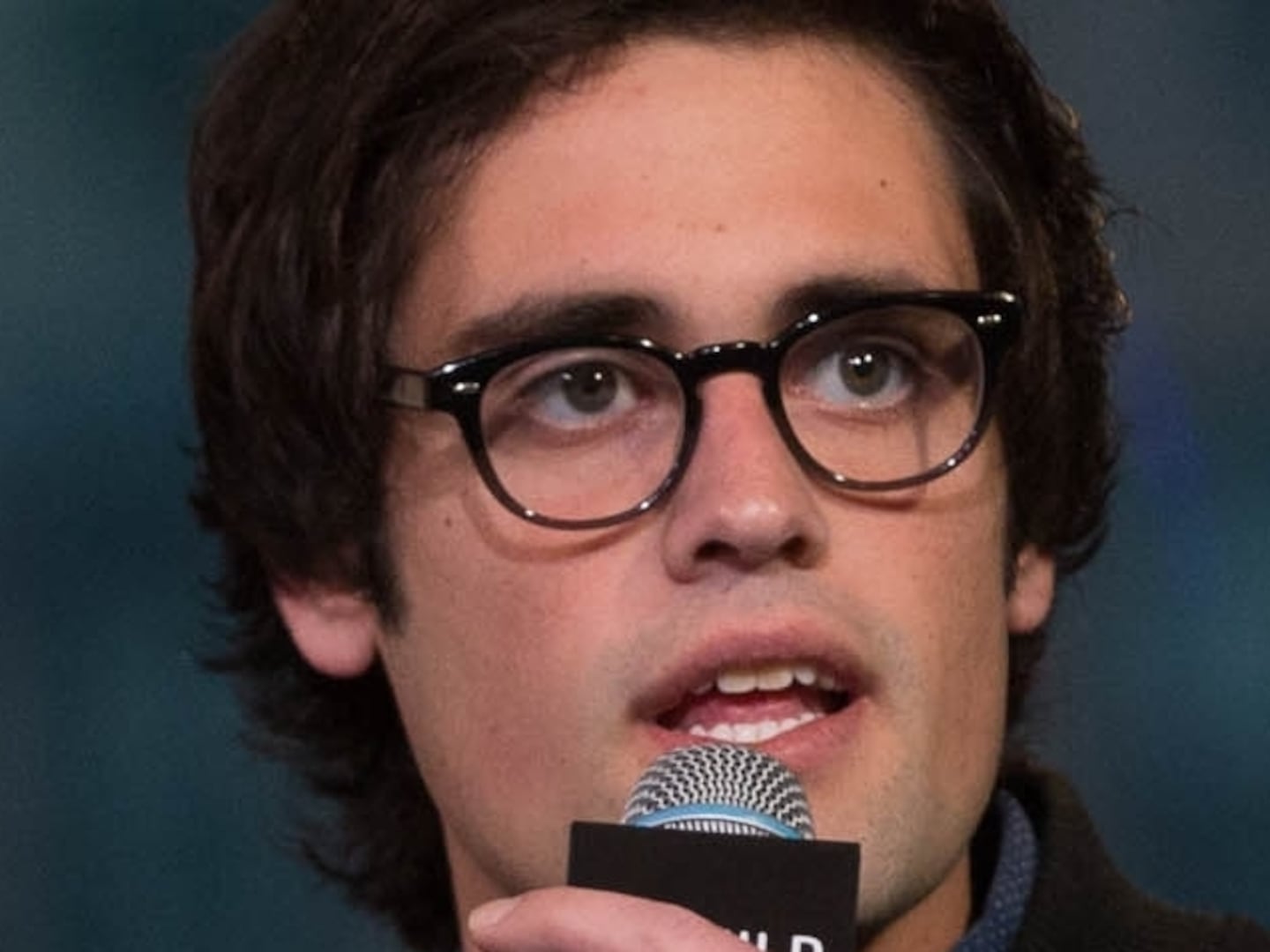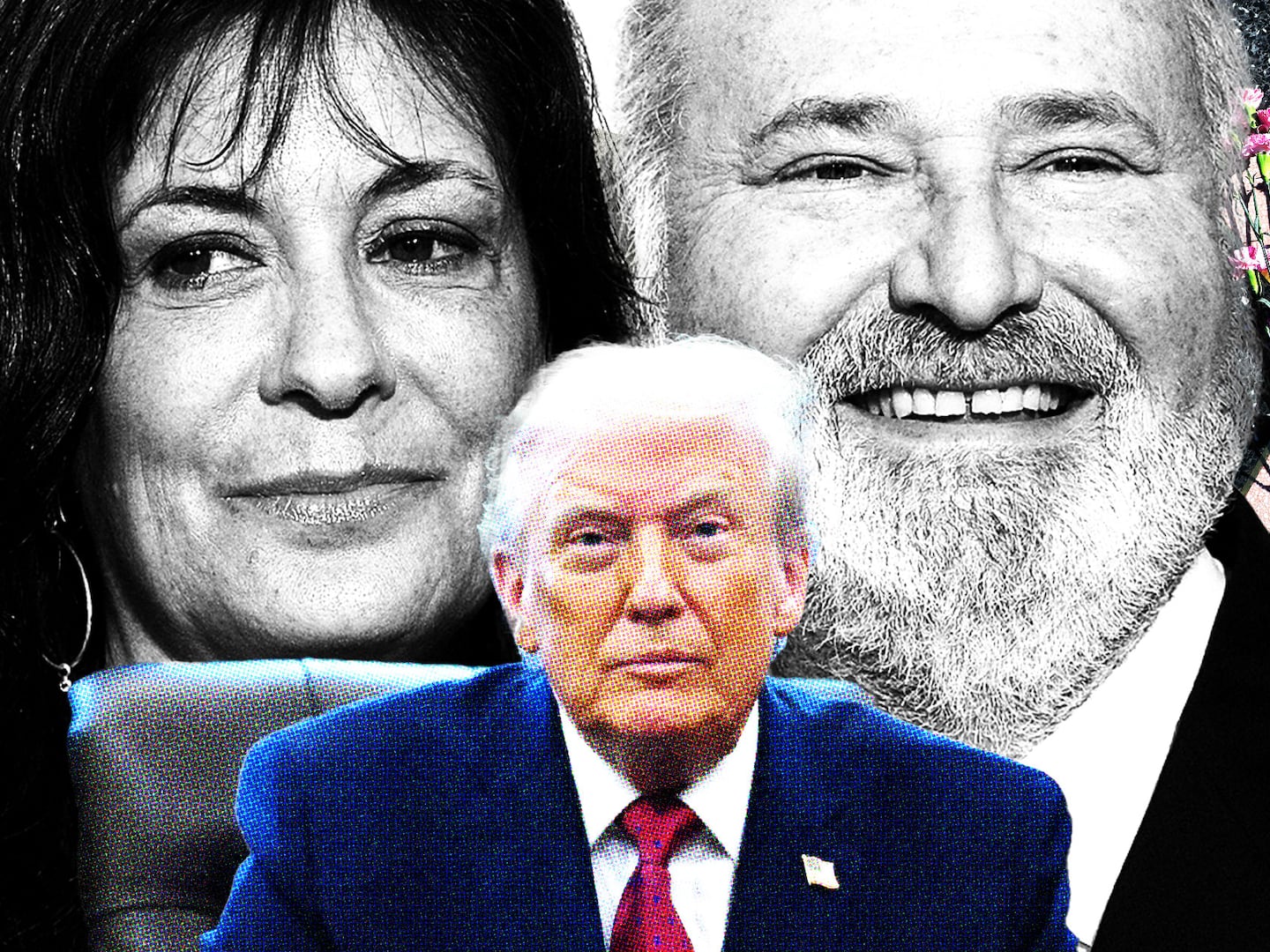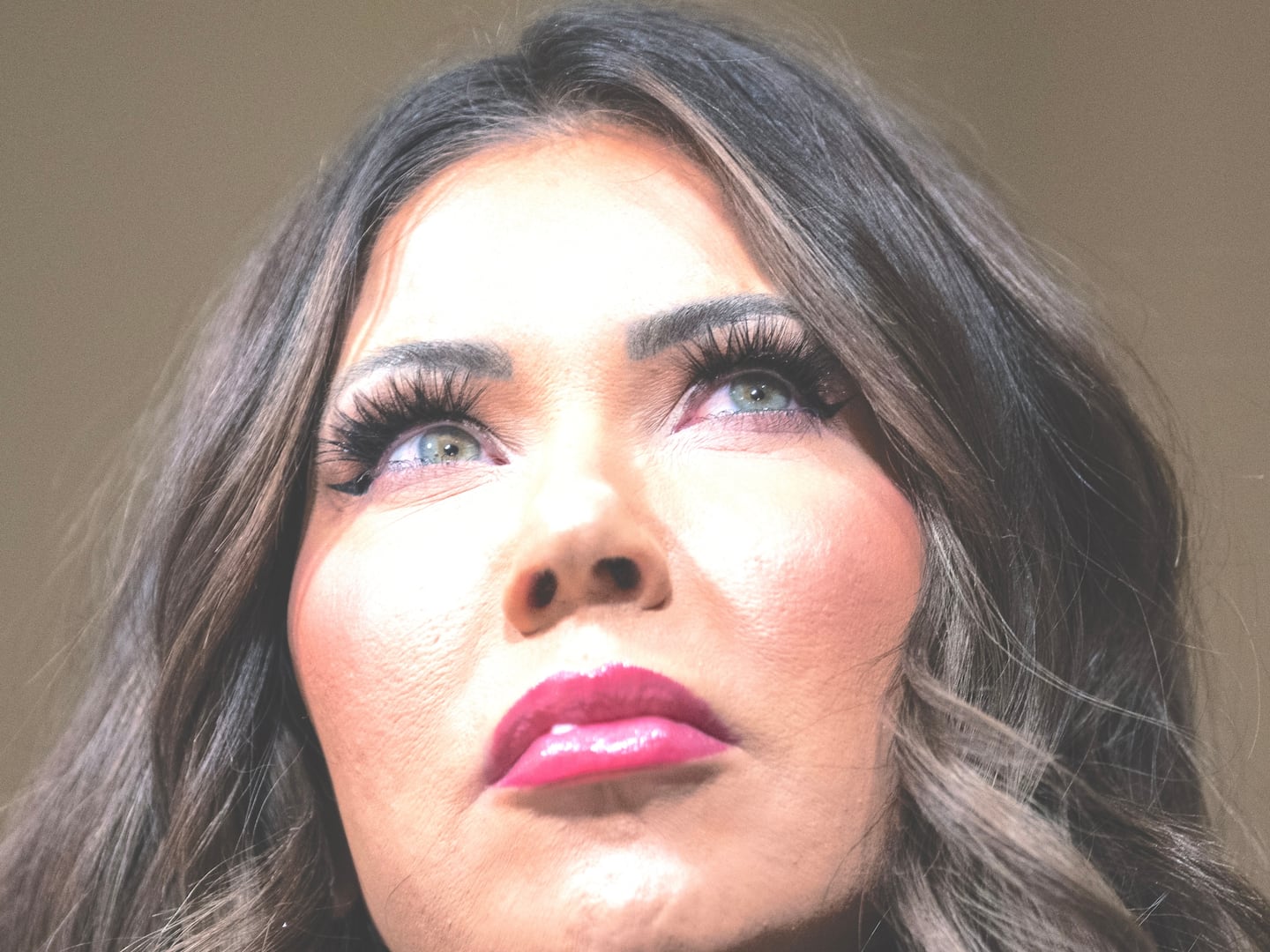George R.R. Martin, the beloved scribe behind the A Song of Ice and Fire series, seems fairly convinced that he is a feminist. For Martin, “Being a feminist is about treating men and women the same… I regard men and women as all human.” While Martin’s textbook take on gender equality reads like it’s copy and pasted from an Intro to Gender Studies syllabus, it’s still refreshing to hear from a fantasy writer, whose work has consistently introduced three-dimensional female characters within the framework of a historically misogynistic genre. Initially, HBO’s Game of Thrones seemed to tune into the feminist-friendly vibe of its source material, relaying the vivid lives and quiet injustices endured by both the ruling class and the oppressed other. Game of Thrones’ mission to reveal the inner fortitude of those whom society renders weak or disposable, the unloved bastards and abused wives of Westeros, is about as explicit as its sex scenes. Yet a myriad of questionably misogynistic and inarguably disturbing scenes have, of late, led viewers to question the effectiveness of GoT’s “feminist” mission.

And while no character on the series is perfect, it does seem that the show’s women are more oppressed, weak, and petty than their male counterparts—nor does it escape critics’ notice that the strongest females on the show appear to be those who have suppressed their femininity and gender identities altogether. Of course, one could rebut that Game of Thrones is merely fantasy; however, with their complex relationships to power, self-autonomy, and liberation, these problematic medieval women seem to have something vital to tell us about our modern world.
The conversation about Game of Thrones and feminism has catapulted to the top of Twitter feeds and Google alerts because of a particularly upsetting rape scene. In the Season 3 episode “Breaker of Chains,” Jaime Lannister approaches his sister as she mourns beside the corpse of her recently murdered son. The situation is, naturally, a little more complicated than it initially appears: Jaime and Cersei have been lovers for decades, and the deceased Joeffrey was the product of their incestuous relations. Jaime, stumbling upon this tableau of maternal grief, proceeds to rape his sister, all the while cursing the gods for making him love a “hateful” woman. As an isolated televised incident, this scene is extremely disturbing in its own right. It features rape, emotional abuse, and incest, all enacted over a child’s corpse: it’s like the producers behind GoT were playing a game of sexual assault trigger bingo. A scene that’s so cruelly arresting should, by the implied rules of television drama, advance the plot in some unique way, or serve to illuminate the complexities of its character. However, viewers immediately questioned the necessity of this incident.
The harrowing television interaction was a huge departure from the parallel scene in the novel. In George R.R Martin’s version, the intercourse is a good deal more consensual (although, one could argue that the violent power dynamics that pervade GoT all but eliminate the possibility of its female characters granting true, enthusiastic consent). In A Storm of Swords, Cersei does attempt to stop her brother at first, warning him that they might be walked in on, or cursed by the gods. But eventually, she gets swept into the spirit of the reunion, telling Jaime, “Quickly, quickly, now, do it now.” Conversely, Cersei never consents on the show, and cries and objects throughout the scene. So why did HBO go in such a different direction? In an online counter to the pervasive Internet backlash (this is GoT, after all,) Martin hypothesized that, “The whole dynamic is different in the show, where Jaime has been back for weeks at the least, maybe longer, and he and Cersei have been in each other’s company on numerous occasions, often quarreling. The setting is the same, but neither character is in the same place as in the books, which may be why Dan & David played the [scene] out differently.” While replacing a love scene with a rape scene might be more justifiable in terms of the plot context of the television series, this shift has larger, disturbing implications when read in tandem with the unending vilification of Cersei, both on the HBO show and in the original series. The message that comes across here is loud and clear: while ambitious men reap lovers, wealth, and countless kingdoms, ambitious women are scorned as unfeminine, cold, and cruel—and punished accordingly.
***
Cersei Lannister, the conniving, beautiful former queen of the Seven Kingdoms, is a highly visible figure in King’s Landing; she can often be spotted plotting, scheming, and feuding with powerful men. But despite her façade of influence and autonomy, Cersei is actually one of the most tragic characters on Game of Thrones. Married off to a man, Robert Baratheon, who is in love with another, she finds herself scorned and alone. Robert belittles and abuses Cersei, both physically and emotionally. In Season 1 he slaps her full across the face and threatens to keep hitting her if she speaks out of turn again. While Cersei finds love and comfort in the arms of her twin brother, Jaime, he similarly casts her in a position of inferiority and powerlessness.
Cersei is not unaware of how her gender predestines her to watch from the sidelines as countless men assume the political power she so wantonly craves. In one particularly poignant Season 2 speech to Sansa Stark, Cersei bitterly explains, “When we were young, Jaime and I, we looked so much alike even our father couldn’t tell us apart. I could never understand why they treated us differently. Jaime was taught to fight with sword and lance and mace, and I was taught to smile and sing and please. He was heir to Casterly Rock, and I was sold to some stranger like a horse to be ridden whenever he liked."
In this way, with all her talk of gendered frustration and societal repression, Cersei is the living, breathing poster child for The Feminine Mystique. Like any stereotypical, frustrated, 1950s homemaker, Cersei faces “the problem that has no name”—a unique, manic depression stemming from the fact that she, unlike her father, siblings, and sons, was not born a man. The idea of a woman propelled toward ugly behavior by her myriad gendered frustrations is not foreign—after all, we all watched Betty Draper raise the bar of homebound misbehavior throughout the first few seasons of Mad Men, seemingly motivated by nothing more than her own boredom and desire to piss off her inattentive, philandering husband. And yet, there’s something strange about just how evil and petty Cersei becomes.
Cersei is portrayed not just as a villain, but also as a harpy—a woman whose particular brand of badness is intrinsically tied up in her roles as mother, daughter, lover, and wife. Cersei is cunning, focused, and power-hungry—not unlike her father and brothers. Why, then, are we led to believe that her conniving ways are so ineffectual and misdirected? Cersei’s brother Tyrion is a dwarf, and as such is derided and dismissed just as Cersei is due to her gender. However, Tyrion is portrayed as even-tempered and intelligent, an underrated force of his own. Tyrion evades societal prescriptions and emerges triumphant, whereas Cersei is rendered powerless time and time again, and often portrayed as a victim of her own feminine passions and weak maternal instincts.
Cersei is apparently so malformed by her own lack of agency that she descends into pettiness and paranoia, to the point that she appears insurmountably distrustful of Margaery Tyrell, simply for being hotter and younger than she is. In A Feast for Crows, Cersei jealously hypothesizes that Margaery is her rival for Joffrey’s heart and mind: “Every day in every way she tries to steal him from me.” This sheer, feminized pettiness diminishes Cersei’s innate power as a woman smart enough to question the patriarchal system under which she resides, and bold enough to challenge the men who seek to diminish her. Instead of portraying this power-hungry female character as a ruthless pioneer, Game of Thrones paints her as an irrational, heartless bitch. The coldest dimension of the Jaime Cersei rape scene is not the fact of their twinship or the corpse in the background; it’s the implication that a woman who does not sacrifice her body willingly, who does not behave as a woman ought, is a hateful woman—and she will be forced, through a violent and unforgettable lesson, to remember that her body, mind, and life are not in fact her own.
***
The natural rebuttal to any sort of critique of Cersei’s systematic denigration and vilification is that she is only one of the many female characters in this series. Cersei undoubtedly harkens back to a stage of feminism that can be classified as pre-sexual revolution: she is unhappy and enraged, but almost entirely de-clawed—she lacks the means and the tools to dismantle the patriarchy that oppresses her, and therefore must simply survive within a system that pre-supposes her inherent weakness and inferiority. However, fans might argue, other female GoT characters like Margaery Tyrell and Daenerys Targaryen are prime examples of medieval Sheryl Sandbergs: women who appear to have mastered their own destinies, in spite of losing the genetic gender jackpot.Margaery Tyrell is an expert courtier—even when she is married off to the sadistic and cruel Joffrey, she manages to earn the affection and respect of the little boy king. In this way, Margaery uses her feminine wiles to cement her own power as Westeros’ queen-to-be. Yet, she is still very much a pawn in the system—her body is actively sold to the highest bidder. Meanwhile, Daenerys Targaryen resides on the next highest rung of relative female liberation. Like Margaery, she is young, cunning, and powerful. However, unlike Maergary, she appears to hold a “man’s” power as a warrior, politician, and seeker of the iron throne—roles that are widely considered to be beyond the meager abilities of the fairer sex.
However, Daenerys’s story is not the feminist fairy tale it initially appears to be. Daenerys was married off at the age of 13. In A Game of Thrones, the sale of the underage Daenerys is described in brutal detail, with her brother Viserys inspecting her pubescent body and asking, “Are you sure that Khal Drogo likes his women this young?” A fair question, since Khal is estimated to be in his thirties. Despite these horrifying circumstances, Game of Thrones outlines the unfolding love story between Daenerys and her warrior husband, who she eventually recognizes as her rightful husband and true equal. This is not love. This is rape. Pedophilic sex is nonconsensual, period.
Furthermore, Daenerys’s story rests on a racial narrative that is questionable at best. Yes, Daenerys is a brave, just, ruler. She builds her political campaign on the tenet of freedom as she marches through the East liberating slaves and building her conquering army. But even as we laud the image of this strong, female warrior, we must take a step back to examine the implications of the kind white lady and her strange civilizing mission. Daenerys’s feminine goodness, her urge to mother a nation of former slaves, is painted in contrast to the savage cities and cultures she encounters. She must whitewash these brown men and women, rid them of their savage, slavish ways, and repaint them in her own image. Surely, Daenerys is strong, powerful, and liberated; but her larger narrative is anything but progressive, and problematizes even as it empowers.
With Daenerys, Margaery, and Cersei out of the way, there are still two other female characters to consider for the title of most liberated lady. Brienne of Tarth and young Arya Stark are two women who fashion themselves as brave knights. This tomboy status affords them freedom and strength; the liberty to fashion their own futures, secure in the knowledge that they can defend themselves (well, most of the time—loyal fans will remember that both Brienne and Arya have at various points owed their lives to the valiant efforts of male saviors). However, this less traveled path of female warriorhood isn’t all triumphant sword fights and liberation from traditional gender binaries.
It’s important to note that both the books and the series describe these two female characters as ugly, or at the very least, plain. We learn in the first book that Arya’s nickname is “Arya Horseface.” Similarly, Wikipedia’s amalgamated description of Brienne reads, “She has large, very blue eyes that appear trusting and guileless, but they are her only attractive feature. She is extremely broad-shouldered, but has virtually no bust. Her face is broad and coarse, with a nose that has been broken several times. Her mouth is too wide, with prominent and crooked teeth and lips so plump they seem swollen.” Both Brienne and Arya are found wanting in the traditional, essential feminine arts: domesticity and beauty. The implication here is that they adopt the dress and mannerisms of men because they have failed as women. In this way, butch battle strength is offered as an appealing, but nonetheless secondary, option when “being a good lady” doesn’t work out.
Throughout the Seven Kingdoms, a woman’s power is always restrained, differentiated, and compromised—unless she chooses to trade it in and approximate a man’s instead. Brienne and Arya are free in ways that their traditional, ladylike counterparts can only dream of—but this freedom is wrought from the negation of their femininity, a phenomenon that is illustrated in Brienne’s fearless defense of King Renly, a physical protection that she, as an “ugly” woman, offers him in lieu of her romantic love. Brienne and Arya eschew their femininity and their gendered emotions in order to pick up their swords, thus perpetuating the myth that womanhood equals weakness. This need to deny their nuanced gender identities in order to approximate masculine strength is a far cry from the ability to celebrate femininity in all its different forms. Brienne and Arya are strong and independent, but they’re hardly liberated.
While Game of Thrones presents its viewers with a spectrum of three-dimensional female characters (which is a godsend in and of itself), none of these characters offer us a truly triumphant feminist narrative. Meanwhile, the plotlines surrounding Jon Snow and Tyrion Lannister intimate that bastardom and dwarfism, while difficult conditions, can often be surmounted. The implied assertion that gender cannot be entirely escaped is simply realism, both in Martin’s medieval world and our own. However, the constant belittlement and abuse of these female characters, and the un-silenceable voice in the background of every episode of Game of Thrones, the one that whispers of woman's ultimate futility, her interminable imprisonment, the pettiness of her feminine agency if she is granted any at all? That might be overkill.






